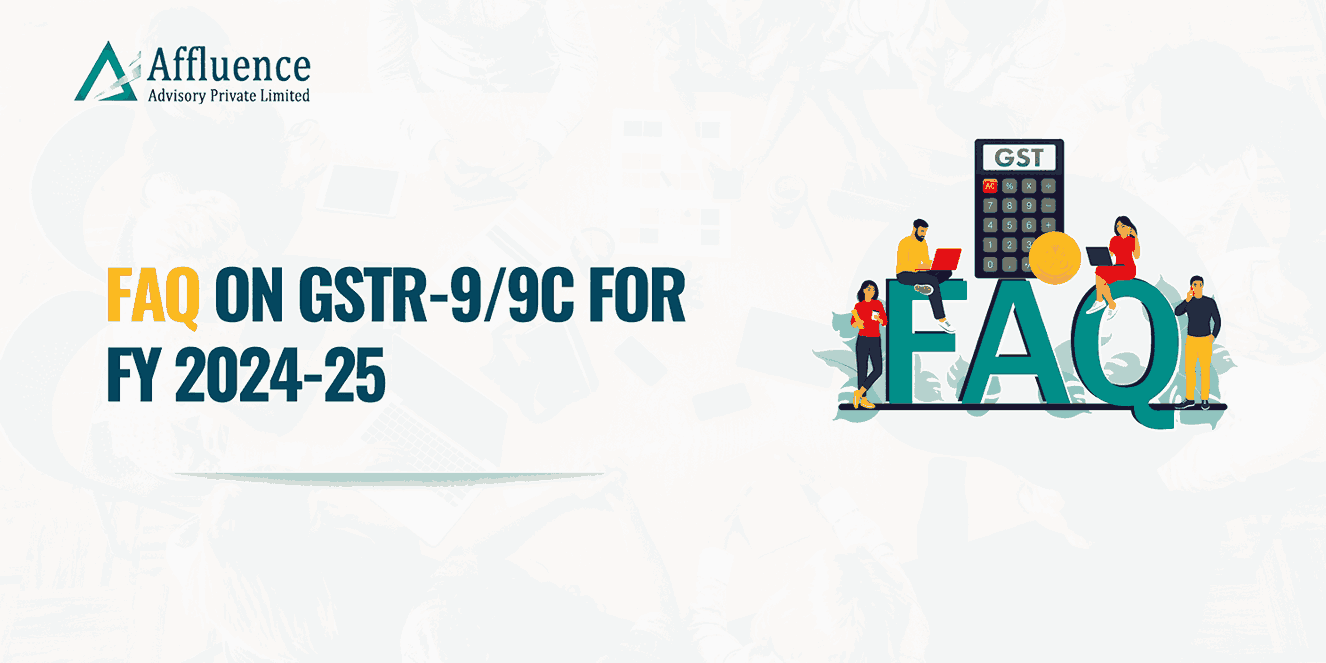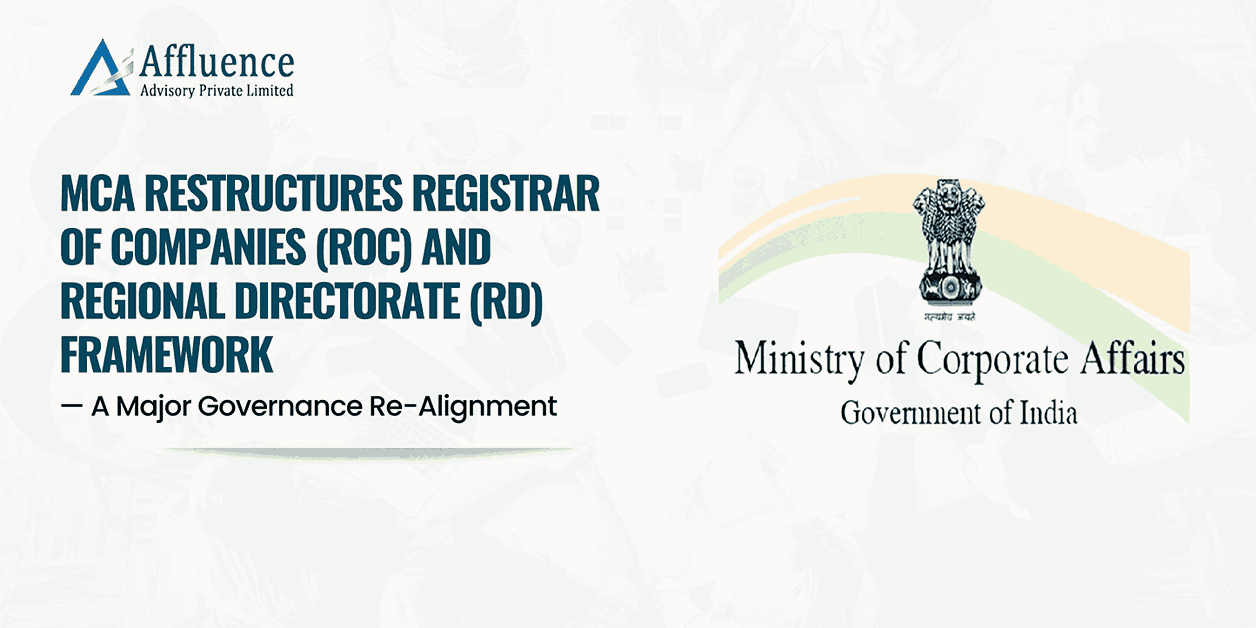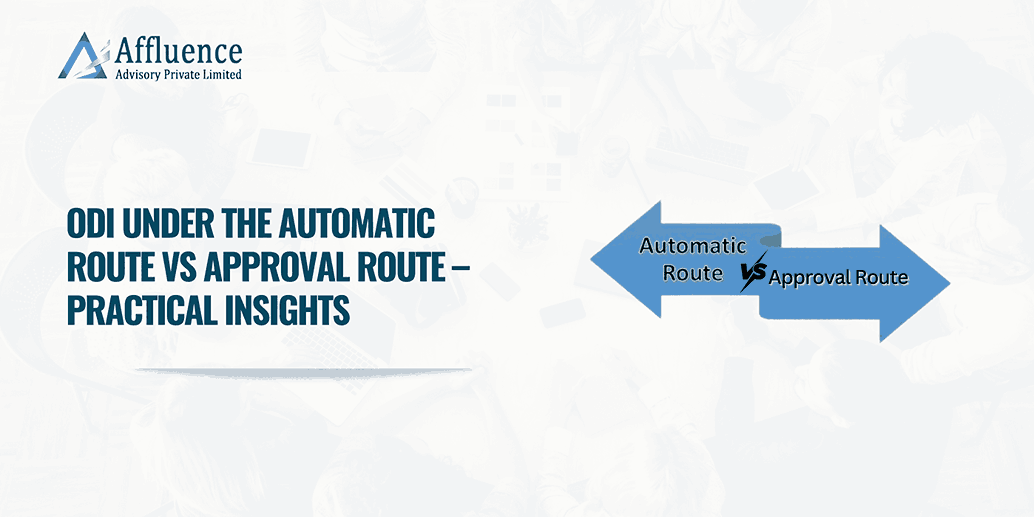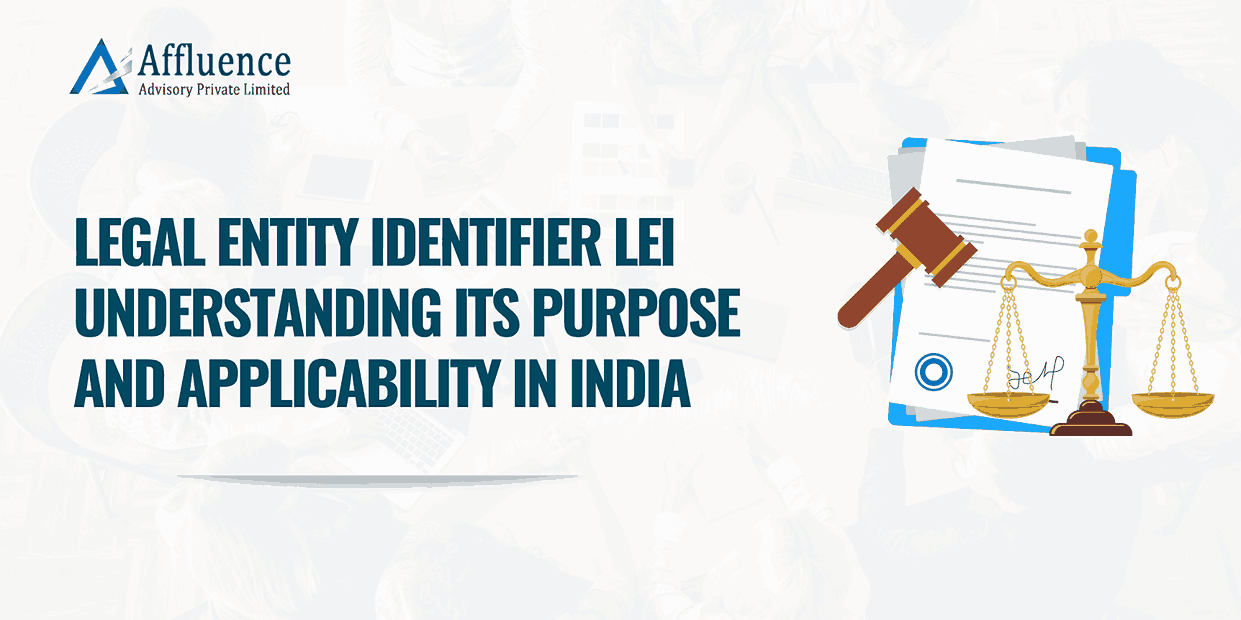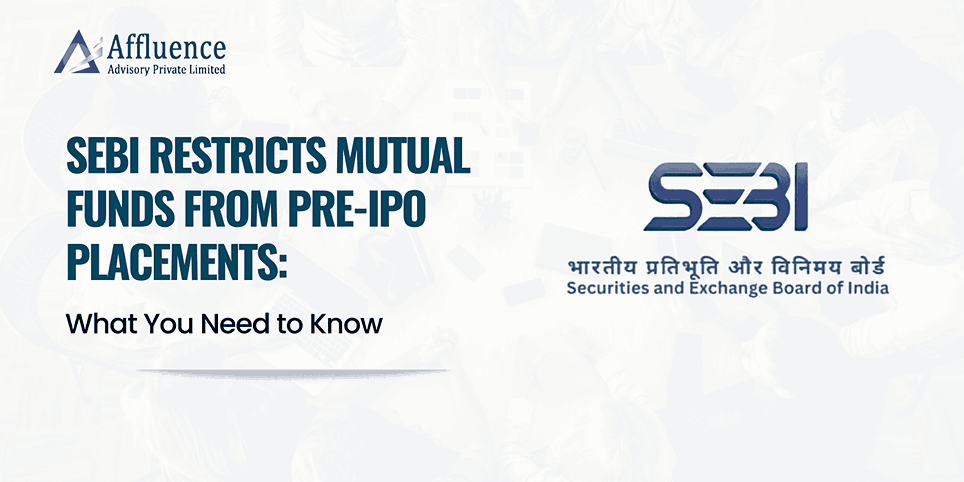Introduction
BSE has introduced detailed guidelines to merchant bankers for drafting SME IPO offer document to ensure transparency, compliance, and investor protection. These updates are designed to simplify the process and improve the quality of disclosures, making it easier for investors to make informed decisions.
Applicability of Criteria:
- These criteria apply to all draft offer documents for public issues filed with the BSE-SME Platform, pending approval.
- The criteria are general standards, and the Exchange may return documents for any other reasons after hearing the issuer/merchant banker.
- Triggering any criteria does not automatically lead to rejection; the Exchange will consider materiality and circumstances before deciding.
- Rejections will be communicated to the issuer/merchant banker with reasons.
Also Read: Press release on share dealing in unlisted securities
Consequences of Rejection:
- Rejected drafts will face a minimum 6-month cooling-off period as per listing eligibility.
- Resubmissions must address deficiencies, comply with ICDR regulations, and meet Exchange requirements.
- Processing fees will not be refunded if a draft is rejected or withdrawn.
These guidelines are applicable immediately from November 18, 2024. Summary of the guidance is provided below:
|
Point of guidance |
Guidance |
|||
|
Legal aspects that merchant banker should be aware of |
||||
|
(a) Adequate and complete disclosures. |
Draft offer documents must comply with Schedule VI of SEBI ICDR Regulations, 2018. |
|||
|
|
(b) Importance of consistency and completeness. |
Ensure the information provided allows investors to make an informed decision. |
||
|
|
(c) Consequences for non-compliance. |
Draft offer documents not adhering to these standards may be returned or rejected for resubmission.ion. |
||
|
Point of guidance |
Guidance |
|||
|
Drafting guidance |
||||
|
(a)Drafting and presentation. |
For drafting Use simple language, active voice, short sentences, and visual representation to aid comprehension. |
|||
|
|
(b) Clarity and intelligibility. |
The information in the draft offer document is presented clearly with descriptive headings, avoiding technical jargon and repetitions and complex terms. |
||
|
|
(c) Avoidance of complexity. |
-Avoid disclosures that are too complex -Eliminate vague or imprecise statements -Simplify legal references with clear and concise explanations -Minimize repetition of information unless contextually necessary -Ensure consistency in data, numbers, and facts across all sections -Avoid Missing UDIN in Financials |
||
|
|
(d) Risk factors |
Risk factors must be clearly worded in simple, clear and unambiguous language to highlight potential impacts without being undermined. |
||
|
|
(e) Eligibility requirements. |
Issuers must comply with Chapter IX, Part I of SEBI ICDR Regulations and Exchange criteria to avoid return of draft offer document. |
||
|
|
(f) Merchant banker eligibility. |
The merchant banker becomes ineligible due to material noncompliance with SEBI regulations or guidelines, or due to regulatory or disciplinary action. |
||
|
|
(g) Substantial revisions needed. |
The draft offer document requires: -Substantial revision or addendum on key disclosures, in accordance with the clarifications/ explanations sought on the draft offer document -Corrective measures on account of regulatory interpretation |
||
|
|
(h) Pending regulatory concerns. |
Resolve material concerns from regulatory or enforcement authorities before resubmission of draft offer document. |
||
|
|
Point of guidance |
Guidance |
||
|
Precautions that needs to be taken to avoid resubmission |
||||
|
3. Resubmission |
(a) Filing fees non-refundable. |
No refund of fees for non-compliance leading to return of documents. |
||
|
|
(b)Address insufficiencies before resubmission. |
Revised documents must comply fully with SEBI ICDR Regulations and rectify all noted deficiencies.. |
||
|
Criteria for Rejection |
||||
|
(a) Circular transactions. |
Avoid circular transactions or unsatisfactory capital structure during IPO. |
|||
|
|
(b) Object of the issue. |
-Working Capital Requirements: If there is a sudden and exponential increase in working capital estimates or revenue projections without sufficient justification. -Loan Repayment:: If the issuer cannot disclose the ultimate purpose of the loan or demonstrate proper utilization of funds. -Capital Expenditure:: If no concrete steps are taken toward achieving the stated capital expenditure goals. Example: Land for a manufacturing facility is not identified. -Plant Setup: If necessary, clearances, licenses, or approvals for setting up a plant are not obtained, risking the issue proceeds’ utilization. -Vague Objectives: If a significant portion of issue proceeds raised by the issuer is allocated to vague or unclear objectives. -Delayed Fund Utilization: :If there is an unreasonably long-time gap between raising funds by the issuer and their proposed utilization. |
||
|
|
(c) Business model clarity. |
Avoid exaggerated or misleading business models that obscure associated risks. |
||
|
|
(d) Financial statement scrutiny. |
Sudden financial surges, qualified audit reports, and related-party transactions may trigger rejection. |
||
|
|
(e) Litigation and regulatory actions. |
Disclose material litigations and regulatory concerns affecting the issuer or promoters. |
||
|
|
(f) General non-compliance. |
Non-compliance with Companies Act, financial misstatements, or incomplete disclosures can lead to rejection. |
||
Disclaimer: This article provides general information existing at the time of preparation and we take no responsibility to update it with the subsequent changes in the law. The article is intended as a news update and Affluence Advisory neither assumes nor accepts any responsibility for any loss arising to any person acting or refraining from acting as a result of any material contained in this article. It is recommended that professional advice be taken based on specific facts and circumstances. This article does not substitute the need to refer to the original pronouncement.
CLICK HERE DOWNLOAD PDF



